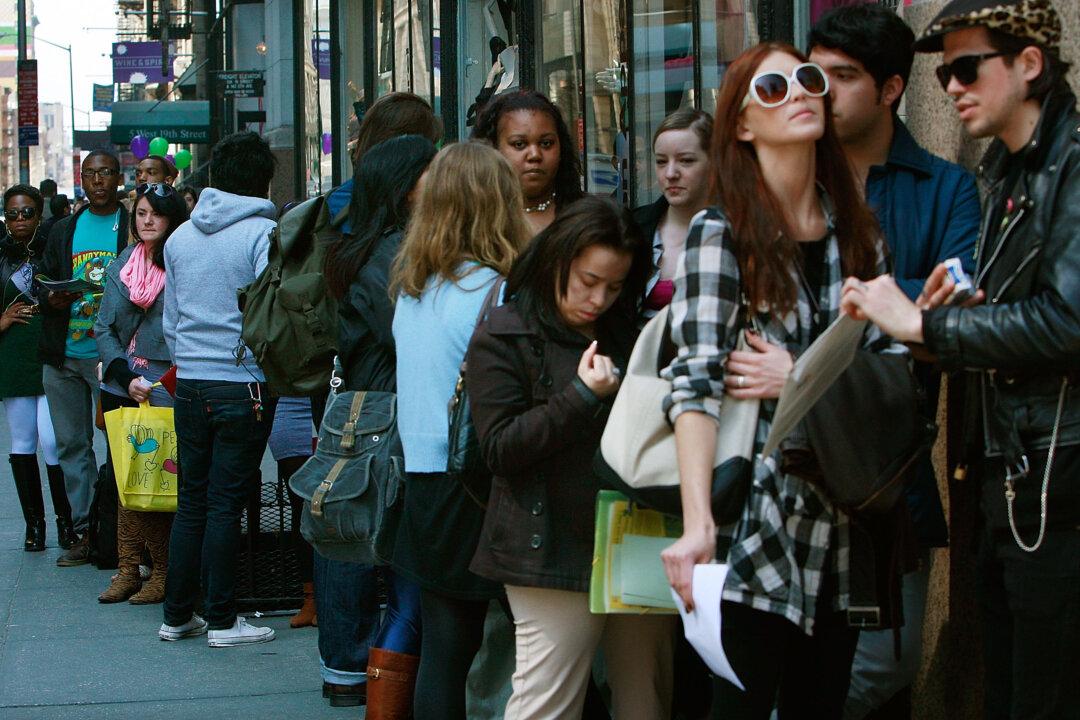WASHINGTON—Economists and policymakers differ widely on when the next recession will be upon us. Some don’t even acknowledge the necessity for a severe downturn in the United States, arguing that fiscal and monetary controls are available to adjust and stimulate the economy, as was done in the Great Recession of 2008. Many economists don’t believe another recession is on the horizon.
However, there is a consensus view that the recovery from the Great Recession has been weak, and many indicators are signaling that a recession is at our doorstep and inevitable. In January this year, we had an ominous sign. The market had its worse 10-day beginning since 1897. According to CNN Money, the Dow was down 5.5 percent and the NASDAQ was down 8 percent, putting a scare in investors.
Negative Interest Rates
What can be done to avert the next recession or minimize the damage? One idea that is being bandied about is negative interest rates. A commercial bank receives interest on reserves held with the central bank (that is, the Federal Reserve), but the latter could instead impose a fee on the reserves. Negative interest rates could provide some stimulus to the economy, which might be preferable to other alternatives.
The aim is to bring about “declines in a broad range of longer-term interest rates, such as mortgage rates and the yields on corporate bonds,” wrote Ben Bernanke, on his blog, March 18. He is former Fed chairman and now at the Brookings Institution.




